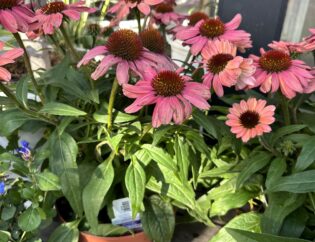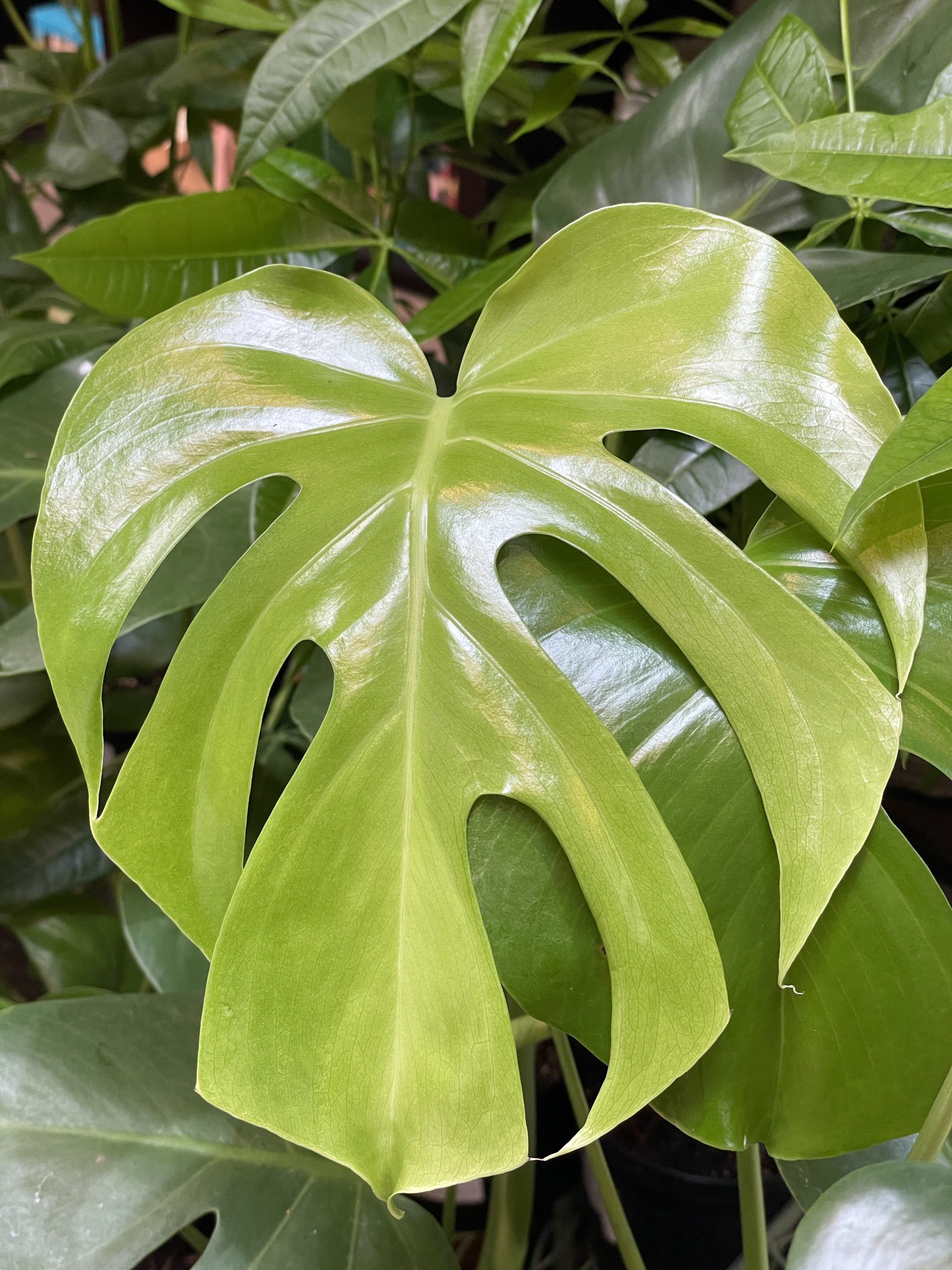
Swiss Cheese Philodendron vs. Monstera Plant?
The common name Swiss Cheese Plant refers to two different species of Monstera. What’s the difference?

Confusing Common Names
Monstera deliciosa and Monstera adansonii both go by the following common names:
- Swiss Cheese Plant
- Swiss Cheese Philodendron
- Split Leaf Philodendron
Common names can create confusion when one name can refer to multiple plants. The scientific or Latin name helps us distinguish which species we are talking about.
Both of these plants are in the genus Monstera and not Philodendron. This has created more confusion about naming.
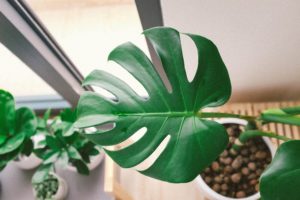

Leaf Structure
We can see the differences by looking closer at the leaves:
M. deliciosa
- larger leaves
- perforations create a “split” effect and not completely enclosed
- leaf margin is cleft (split by the perforations)
M. adansonii
- smaller leaves
- clusters of oval perforations are completely enclosed
- leaf margin (edge of the leaf) is entire or smooth
The perforations will form with maturity. If your young Monstera doesn’t have perforations, keep giving your plant bright light and humidity to keep it healthy, and they will soon look like “swiss cheese.”
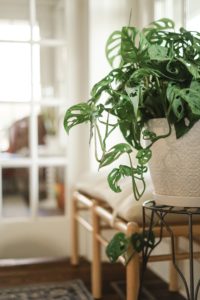
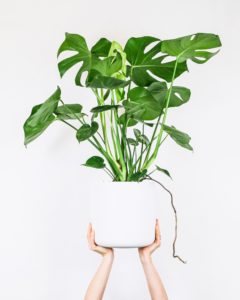 Growth Habit
Growth Habit
You can also tell the differences by the growth habit of the two species.
M. adansonii (left) is a trailing plant. Grow in a hanging basket or use it as a spiller in an indoor arrangement.
M. deliciosa (right) is a sprawling or vining plant.
Reaching up to 10′ tall in happy conditions, this plant can be the indoor specimen of your home with its large leaves and quirky adventitious roots.
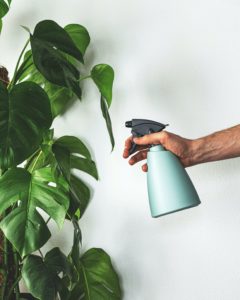 How to Care for your Monstera Plants
How to Care for your Monstera Plants
Watering
Water when the soil approaches dryness. They don’t like to be constantly wet but should be deeply watered when needed.
Humidity
Monstera plants are from tropical habitats, so you may need to increase the humidity by spritzing the leaves and adventitious roots with a mister. You can also place the pot on a tray of wet pebbles.
Light
Place in bright indirect light indoors. The best spot is a warm sunny spot next to a window. If placed in too dark of a spot, the plant may become leggy and reach toward the light.
You can purchase both species at the nursery now. We also have in stock Dragon’s Tail Plant (Raphiodophora decursiva)


